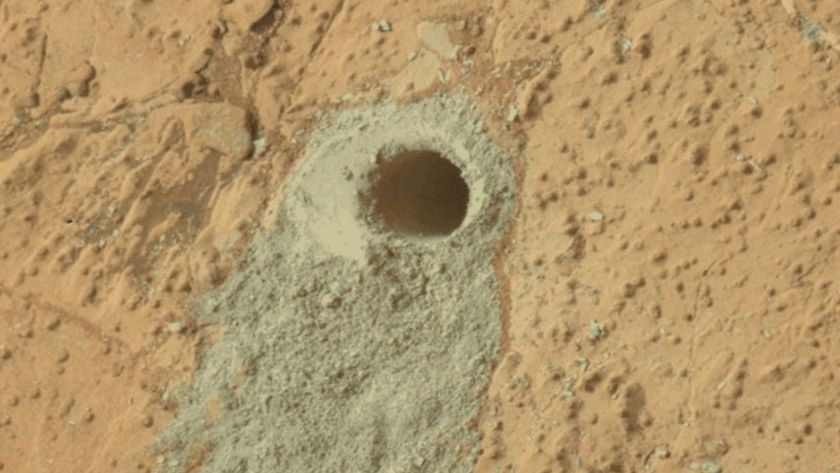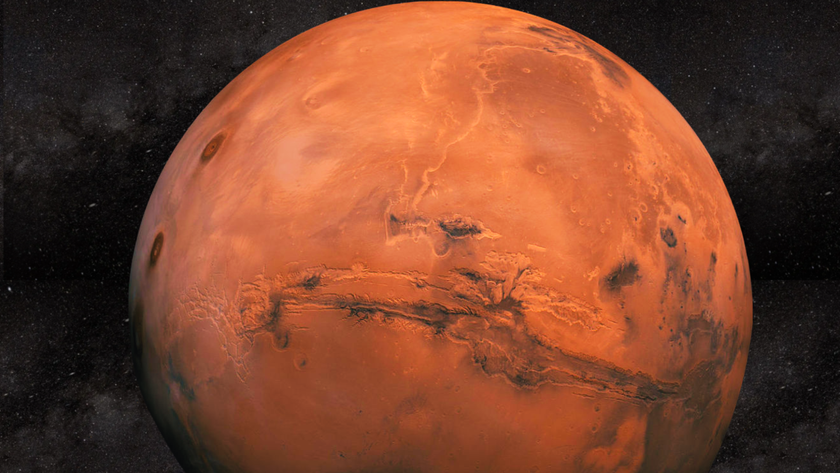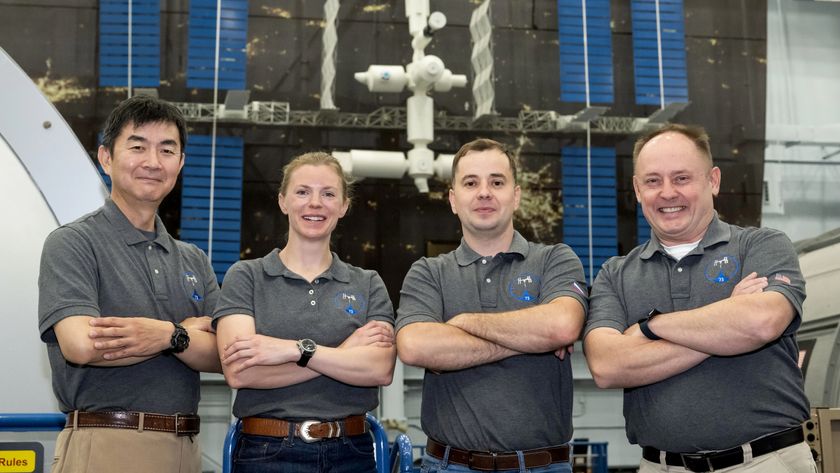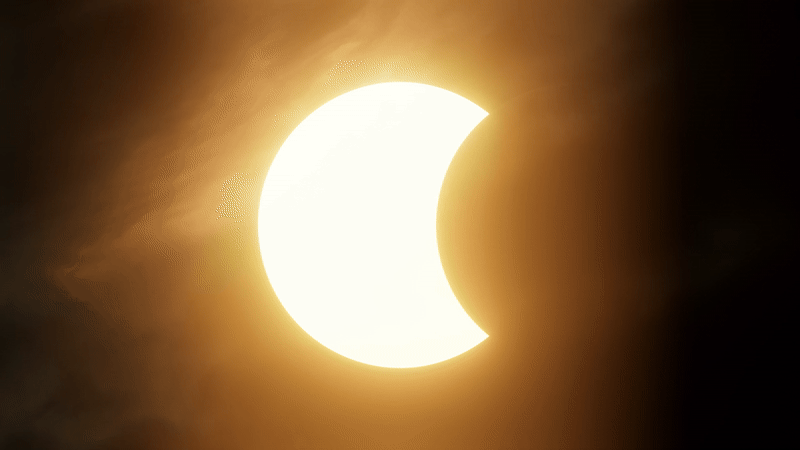Mysterious Mars mounds may bolster case for ancient Red Planet ocean
"It's possible that this might have come from an ancient northern ocean on Mars."
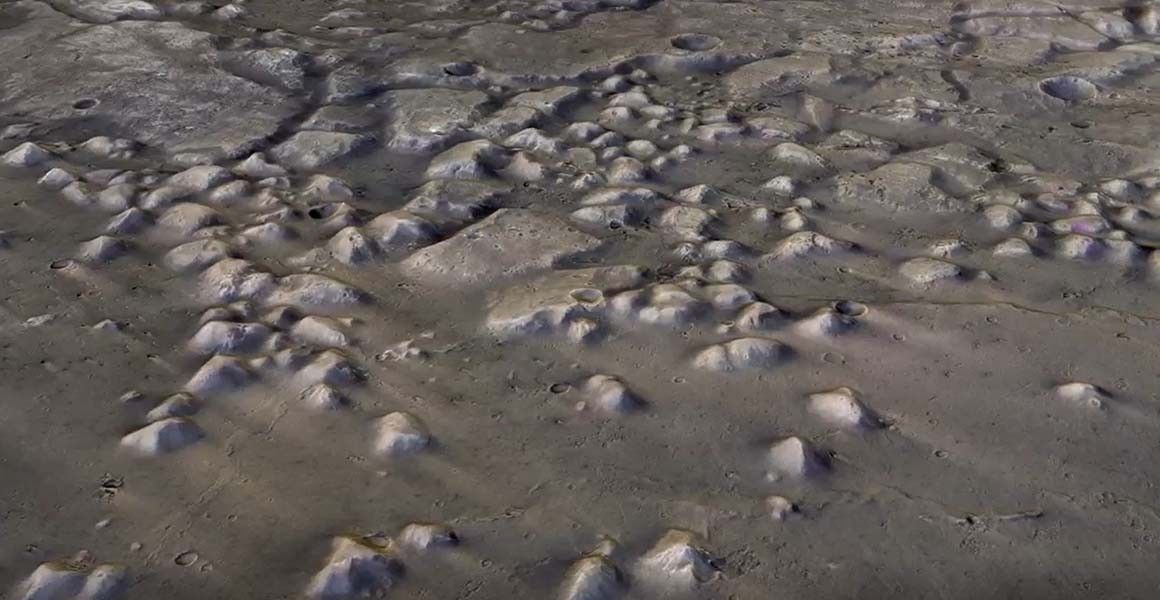
Thousands of hills and mounds on Mars have been found to contain layers of clay minerals, which formed when running water interacted with the rocks during a period when Mars' northern reaches were flooded.
"This research shows us that Mars' climate was dramatically different in the distant past," Joe McNeil of the Natural History Museum in London said in a statement. "The mounds are rich in clay minerals, meaning liquid water must have been present at the surface in large quantities nearly four billion years ago."
Mars is a planet of two halves. To the south are ancient highlands, while to the north are eroded, mostly low-lying plains where it is believed a large body of water once existed. Indeed, the evidence is now overwhelming that Mars was once warmer, and wet, with rivers, lakes and possibly even oceans that existed almost four billion years ago.
Now researchers led by McNeil have found further supporting evidence for a northern sea, in the form of more than 15,000 mounds and hills up to 1,640 feet (500 meters) tall that contain clay minerals.
Related: Ocean's worth of water may be buried within Mars — but can we get to it?
On Earth — for example, in the western United States — we find such hills in the form of buttes and mesas in desert areas, where rock formations have been eroded by the wind for millions of years.
On Mars, we also find buttes and mesas. McNeil's team studied a region about the size of the United Kingdom that is filled with thousands of these mounds. They are all that remain of a highland area that has retreated by hundreds of kilometers and been eroded away, by water and wind, in Chryse Planitia to the north and west of the southern highland area known as Mawrth Vallis. Chryse Planitia was the landing site of NASA's Viking 1 mission in 1976 and is a vast lowland region formed by an ancient impact.
Get the Space.com Newsletter
Breaking space news, the latest updates on rocket launches, skywatching events and more!
Using high-resolution images and spectral composition data from the HiRISE and CRISM instruments on NASA's Mars Reconnaissance Orbiter, as well as the European Space Agency's Mars Express and ExoMars Trace Gas Orbiter, McNeil's team showed that the Martian buttes and mesas are made from layered deposits, and among those layers are up to 1,150 feet (350 m) of clay minerals, which form when liquid water soaks into and interacts with rock for millions of years.
"[This] shows that there must have been a lot of water present on the surface for a long time," said McNeil. "It's possible that this might have come from an ancient northern ocean on Mars, but this is an idea that's still controversial."
Immediately below the clay layers are older layers of rock that contain no clay; above the clay layers are younger layers of rock that also contain no clay. It seems clear that the clay layers are from a specific wet period in Mars' history during the Red Planet's Noachian era (spanning the time between 4.2 and 3.7 billion years ago), which is a geological period characterized by the presence of liquid water on Mars.
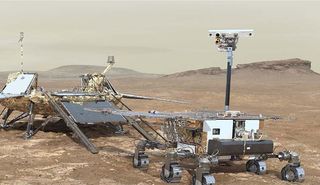
"The mounds preserve a near-complete history of water in this region within accessible, continuous rocky outcrops," said McNeil. "The European Space Agency's upcoming Rosalind Franklin rover will explore nearby and could allow us to answer whether Mars ever had an ocean and, if it did, whether life could have existed there."
The area containing the clay-bearing mounds is geologically connected to Oxia Planum, which is where Rosalind Franklin will be headed when it launches in 2028 in search of past life on Mars. It now seems promising that Rosalind Franklin is indeed heading to a location that gives it the best chance of finding evidence for past Red Planet organisms.
The findings were published on Jan. 20 in the journal Nature Geoscience.
Join our Space Forums to keep talking space on the latest missions, night sky and more! And if you have a news tip, correction or comment, let us know at: community@space.com.

Keith Cooper is a freelance science journalist and editor in the United Kingdom, and has a degree in physics and astrophysics from the University of Manchester. He's the author of "The Contact Paradox: Challenging Our Assumptions in the Search for Extraterrestrial Intelligence" (Bloomsbury Sigma, 2020) and has written articles on astronomy, space, physics and astrobiology for a multitude of magazines and websites.
